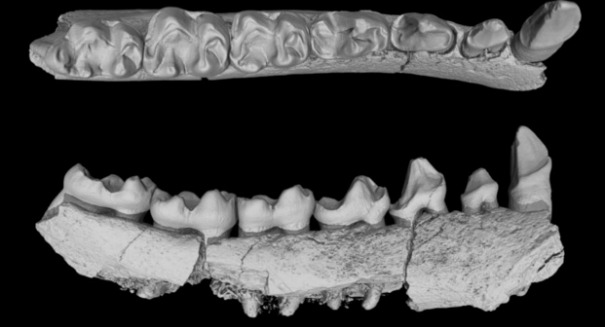An exciting new innovation could have tremendous implications for the advancements of technology.
Materials scientists may be able to use “machine learning” to find and develop new materials, a much speedier process than the current one of using human trial-and-error and intuition, which has been made more difficult by increasing chemical complexities, according to a Los Alamos National Laboratory statement.
The researchers tried to combine machine learning with targeted experiments to massively increase the materials discovery process, and they used something called an “informatics-based adaptive design strategy” to do it.
The scientists were able to use a relatively small data set of well-controlled experiments to find these materials at a much faster rate. The machine-learning algorithm they used digitized the trial-and-error process, meaning it could take half the time to bring new materials to market.
“What we’ve done is show that, starting with a relatively small data set of well-controlled experiments, it is possible to iteratively guide subsequent experiments toward finding the material with the desired target,” Turab Lookman, a physicist and materials scientist in the Physics of Condensed Matter and Complex Systems group at Los Alamos National Laboratory, said in the statement. “Finding new materials has traditionally been guided by intuition and trial and error,” said Lookman.”But with increasing chemical complexity, the combination possibilities become too large for trial-and-error approaches to be practical.”
He added: “The goal is to cut in half the time and cost of bringing materials to market. What we have demonstrated is a data-driven framework built on the foundations of machine learning and design that can lead to discovering new materials with targeted properties much faster than before.”









